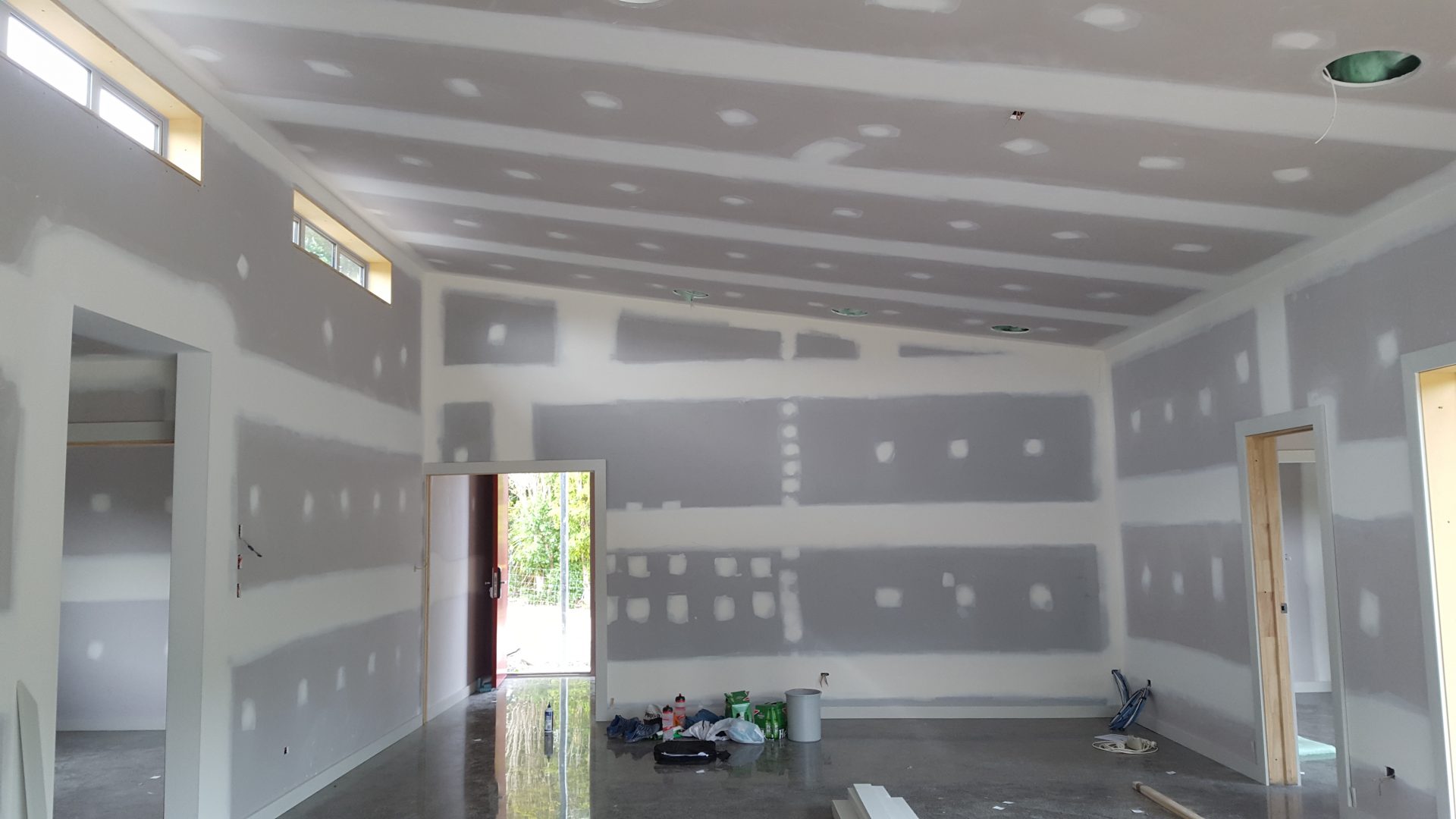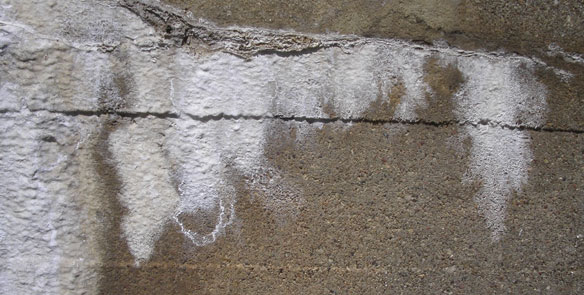Use our online guides,
Tips and Advice for Best Practice. If you need more help, just contact us.
Working with Critical Light
Lighting plays an equally big role in enhancing the beauty of a room as the paint work itself. However, the effect of lighting on the paint poses a major challenge for painters. Read on to learn more about these effects and the possible solutions.
Read more
What is a Painting Defect?
Often on site visits we view a lot of painted areas. Every finish looks different depending whether you view it from front or side on, a high or low angle. How do you get a consistent way of viewing surfaces? What is really a Painting Defect here?
Read more
Proper Sequence for A Painting Project
Professional painters always follow a sequence in their painting work. These steps are proven effective in finishing the job with the best results. This ensures that property owners are not only satisfied, but also get great value for their money.
Read more
Plastering Levels of Finish
Painting a room is just the first step in beautifying it. The second step requires careful consideration: the level of finish. One thing to consider is whether property owners are ok with some imperfections still visible on the paintwork or not.
Read more
Painting Finish Standard within the Industry
Property owners also have to be aware of the finish standards within the painting industry. This includes educating yourself about what is and isn't considered defective. This article lists down some of the most important information you'll need.
Read more
Paint Finish Types
Different types of finishes are used on various surfaces. The method for cleaning painted surfaces also depends on how glossy it is, i.e. the finish type. Listed here are some of important information that you need to know about Paint Finish Types.
Read more
Older Existing Weatherboards and Broadwall Areas
The state of the existing weatherboard often dictates the level of preparation that is needed prior to doing the actual painting work. Some of the things that should be considered include: flaking existing paint, split holes in the timber,and others.
Read more
Health Hazards of Lead Based Paint
We've always heard the experts say that 'natural products' are the best choices. But that’s not always the case as some naturally-occurring metals can be quiet killers too. Lead, a metal that's been used since Roman times, is the perfect example.
Read more
Common Paint Problems: Surfactant Leaching
This is often characterized by a concentration of water-soluble paint ingredients called “surfactants” on the surface of a latex paint. It may be evident as tan, brown, or clear spots or areas, and can sometimes be glossy, soapy, oily, or sticky.
Read more
Common Paint Problems: Efflorescence
Another common paint problem occurs as a result of the movement of water from underneath the surface of the wall. This movement causes the occurrence of efflorescence on the surface, which can definitely mar the beauty of a well-painted structure.
Read more
Common Paint Problems: Delamination
All coatings have a finite life. In some cases when a house is as old as 30–100 years old, the coatings build up. Although they can appear sound, it's not until the surface is painted that the instability of the underlying coatings become apparent.
Read more
Choosing the Right Paint Sheen Level
Choosing the right sheen level is as important as getting the colour right! Sheen level determines the degree of the paint's resistance to stains, as well as the ease with which it can be cleaned off. Each sheen level also reflects light differently.
Read more
Common Paint Problems: Efflorescence
Another common paint problem occurs as a result of the movement of water from underneath the surface of the wall. This movement causes the occurrence of efflorescence on the surface, which can definitely mar the beauty of a well-painted structure.
Read more
Working with Critical Light
Lighting plays an equally big role in enhancing the beauty of a room as the paint work itself. However, the effect of lighting on the paint poses a major challenge for painters. Read on to learn more about these effects and the possible solutions.
Read more
Common Paint Problems: Delamination
All coatings have a finite life. In some cases when a house is as old as 30–100 years old, the coatings build up. Although they can appear sound, it's not until the surface is painted that the instability of the underlying coatings become apparent.
Read more
Common Paint Problems: Surfactant Leaching
This is often characterized by a concentration of water-soluble paint ingredients called “surfactants” on the surface of a latex paint. It may be evident as tan, brown, or clear spots or areas, and can sometimes be glossy, soapy, oily, or sticky.
Read more
Painting Finish Standard within the Industry
Property owners also have to be aware of the finish standards within the painting industry. This includes educating yourself about what is and isn't considered defective. This article lists down some of the most important information you'll need.
Read more
Paint Finish Types
Different types of finishes are used on various surfaces. The method for cleaning painted surfaces also depends on how glossy it is, i.e. the finish type. Listed here are some of important information that you need to know about Paint Finish Types.
Read more
Plastering Levels of Finish
Painting a room is just the first step in beautifying it. The second step requires careful consideration: the level of finish. One thing to consider is whether property owners are ok with some imperfections still visible on the paintwork or not.
Read more
Proper Sequence for A Painting Project
Professional painters always follow a sequence in their painting work. These steps are proven effective in finishing the job with the best results. This ensures that property owners are not only satisfied, but also get great value for their money.
Read more
Health Hazards of Lead Based Paint
We've always heard the experts say that 'natural products' are the best choices. But that’s not always the case as some naturally-occurring metals can be quiet killers too. Lead, a metal that's been used since Roman times, is the perfect example.
Read more
Older Existing Weatherboards and Broadwall Areas
The state of the existing weatherboard often dictates the level of preparation that is needed prior to doing the actual painting work. Some of the things that should be considered include: flaking existing paint, split holes in the timber,and others.
Read more
Choosing the Right Paint Sheen Level
Choosing the right sheen level is as important as getting the colour right! Sheen level determines the degree of the paint's resistance to stains, as well as the ease with which it can be cleaned off. Each sheen level also reflects light differently.
Read more